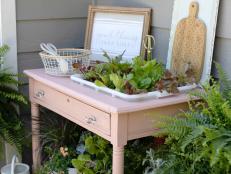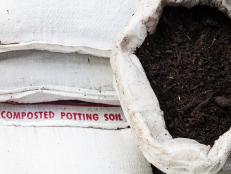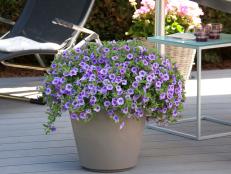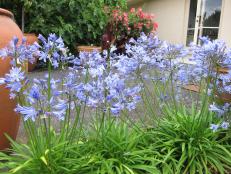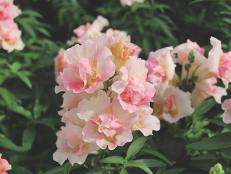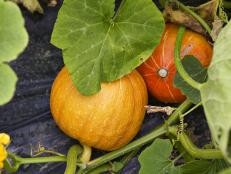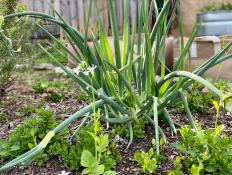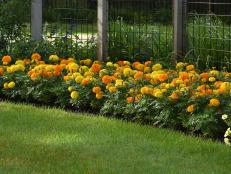How to Turn a Galvanized Tub Into a Raised Garden Bed
Learn how to turn a simple galvanized metal trough into a beautiful container garden for flowers or veggies.
Literally, anything (almost) can be a container garden. A bucket, a barrel, an abandoned car — as long as it's big enough and has good drainage. If you’re planning on growing plants you want to eat, we recommend using something that’s made of food-safe materials. Don’t bother with anything less than 12 inches across. Larger containers are easier to maintain because they can hold more soil, and the more soil a container can hold, the more moisture it will retain. We’re making a galvanized steel raised garden bed using a giant galvanized tub normally used for livestock feeding.
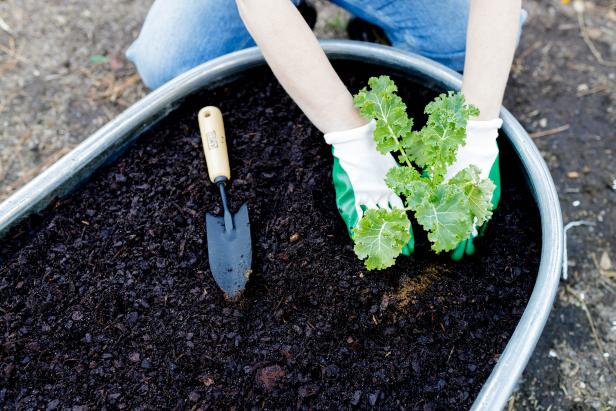
Tomas Espinoza
Tools and Materials
- galvanized tubs
- drill with 1/4”-1/2" drill bit
- pavers
- level
- pebbles
- mulch
- recyclable paper goods
- pine needles/leaves
- soil
- worm castings/compost
1. Drill Drainage Holes
Use a 1/4" or 1/2" drill bit to drill holes in the bottom of your galvanized tub. These holes will help your container garden drain properly. Aim for four to six holes per square foot of your container.

Tomas Espinoza
2. Elevate Your Tub
Set and level two pavers. This keeps the tub elevated and allows the drainage holes to do their job.
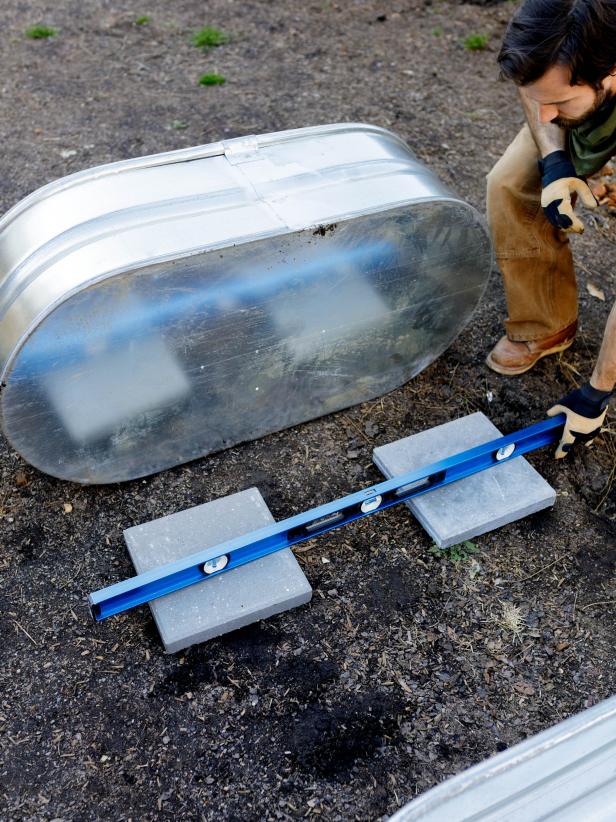
Tomas Espinoza
3. Make Sure It's Level
Grab your level and set it across the tub. Is it level? Great! If not, adjust accordingly until it is.
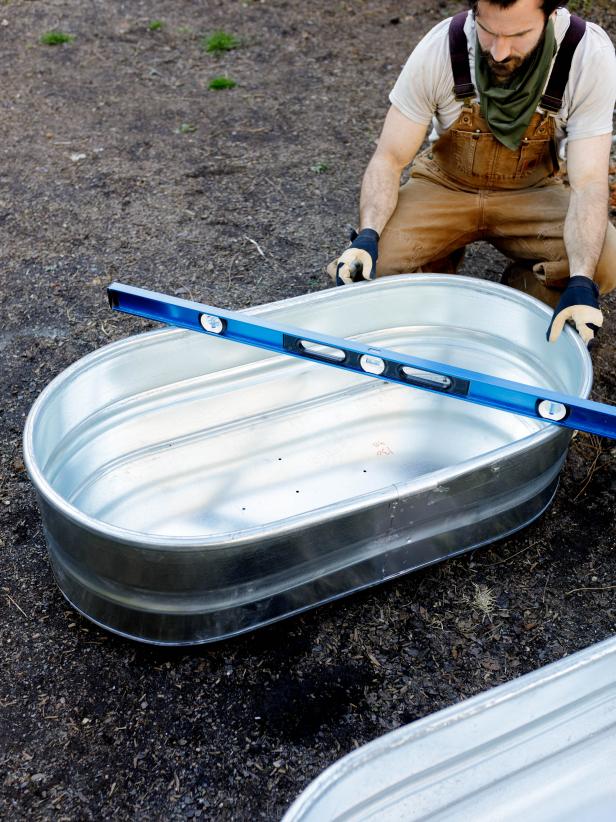
Tomas Espinoza
4. First Layer: Pebbles
We’re calling it the seven-layer dip of gardening. Layer 1 is all about drainage — add a layer of pebbles to the tub. This layer will help keep the excess water flowing through the drainage holes.

Tomas Espinoza
5. Second Layer: Mulch
Science says: Mulch holds onto moisture. It’s true. To make sure roots grow deep and have all the water they need, layer on the mulch.
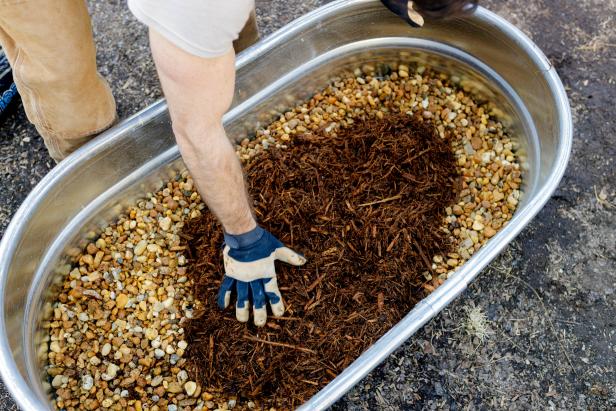
Tomas Espinoza
6. Third Layer: Trash
Newspaper, cardboard, egg cartons — you name it; use recyclable paper products to add a layer of organic matter that will break down and give the soil an extra punch of nutrition.

Tomas Espinoza
7. Fourth Layer: Pine
Build it up to break it down. A layer of pine needles or leaves will assist both in breaking down the paper and adding nutrients to keep the soil strong and plants healthy.
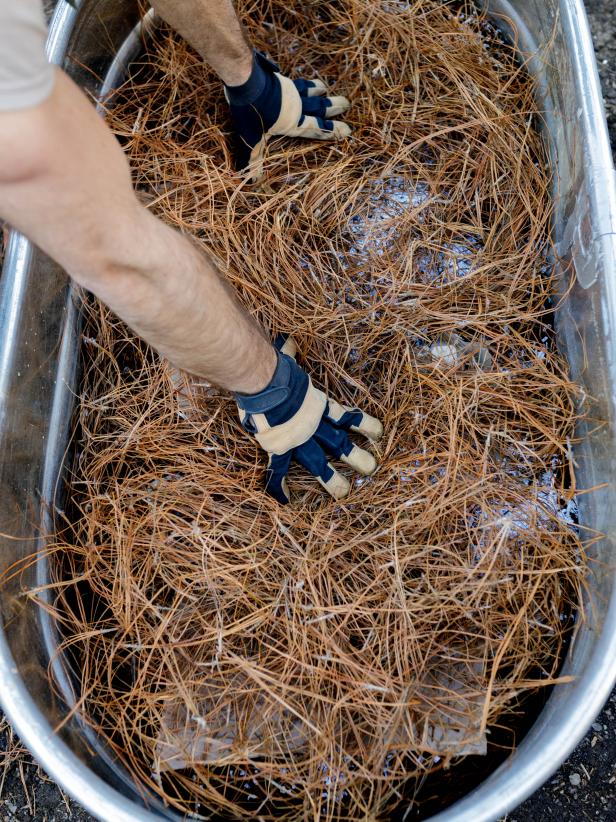
Tomas Espinoza
8. Fifth Layer: Soil
Add the soil of your choice (potting, garden, top, etc.); it doesn’t matter what type. This seven-layer dip of dirt transforms any kind of soil into planting soil.
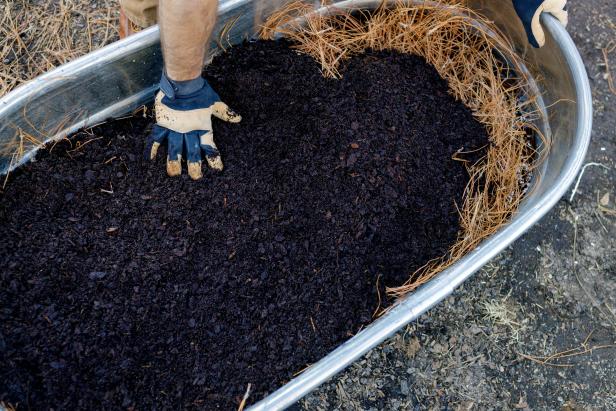
Tomas Espinoza
9. Sixth Layer: Worm Castings
This layer is not for the squeamish, but keep in mind that it might as well be garden gold. For a gross, but amazingly effective way to dramatically improve the nutrient level of your garden, add a thin layer of worm castings.

Tomas Espinoza
10. Seventh Layer: Soil (Again)
Our final layer in the seven-layer dip is dirt, again. This container is now the heaven your plants need to thrive.
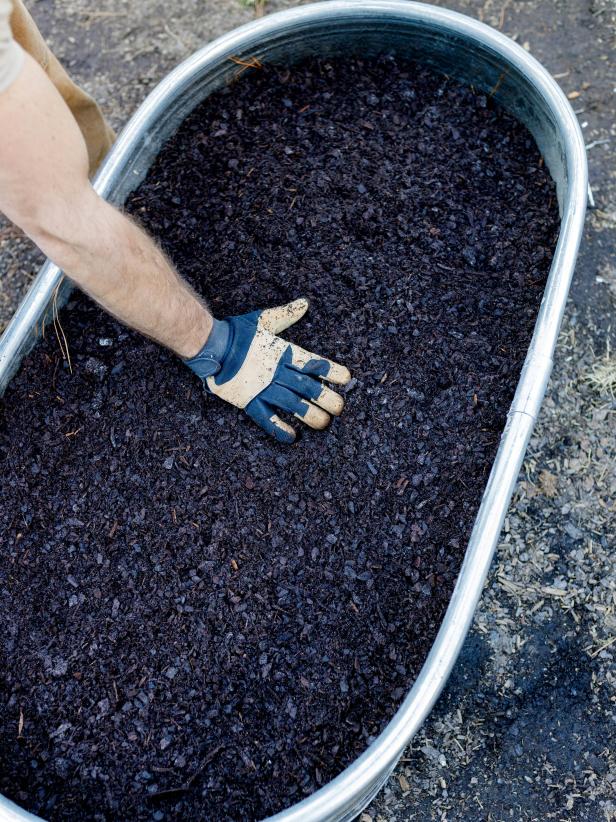
Tomas Espinoza
11. Start Planting
After all these steps, you can finally add the plants.

Tomas Espinoza
12. Add Live Worms
Fun last step: sprinkle in a few worms. Let these slimy earth gardeners do their thing and churn the soil.
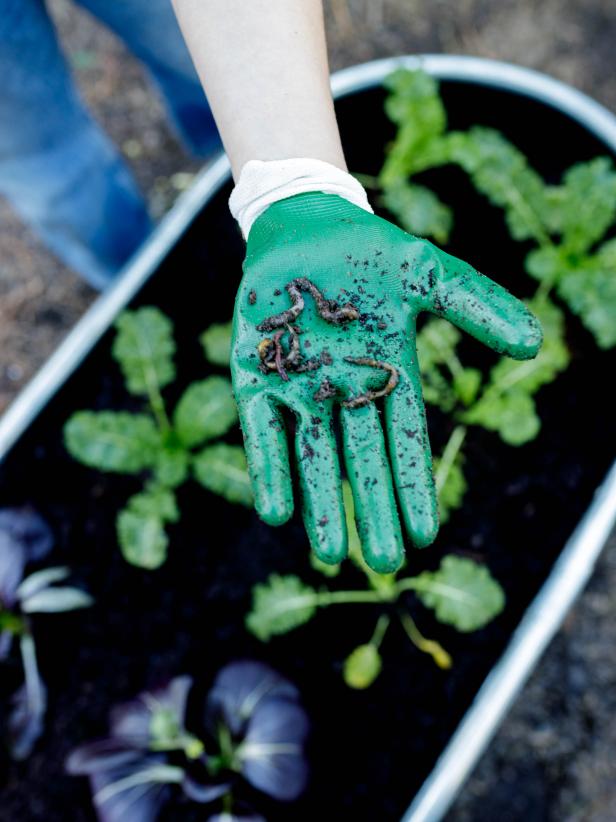
Tomas Espinoza

Tomas Espinoza








